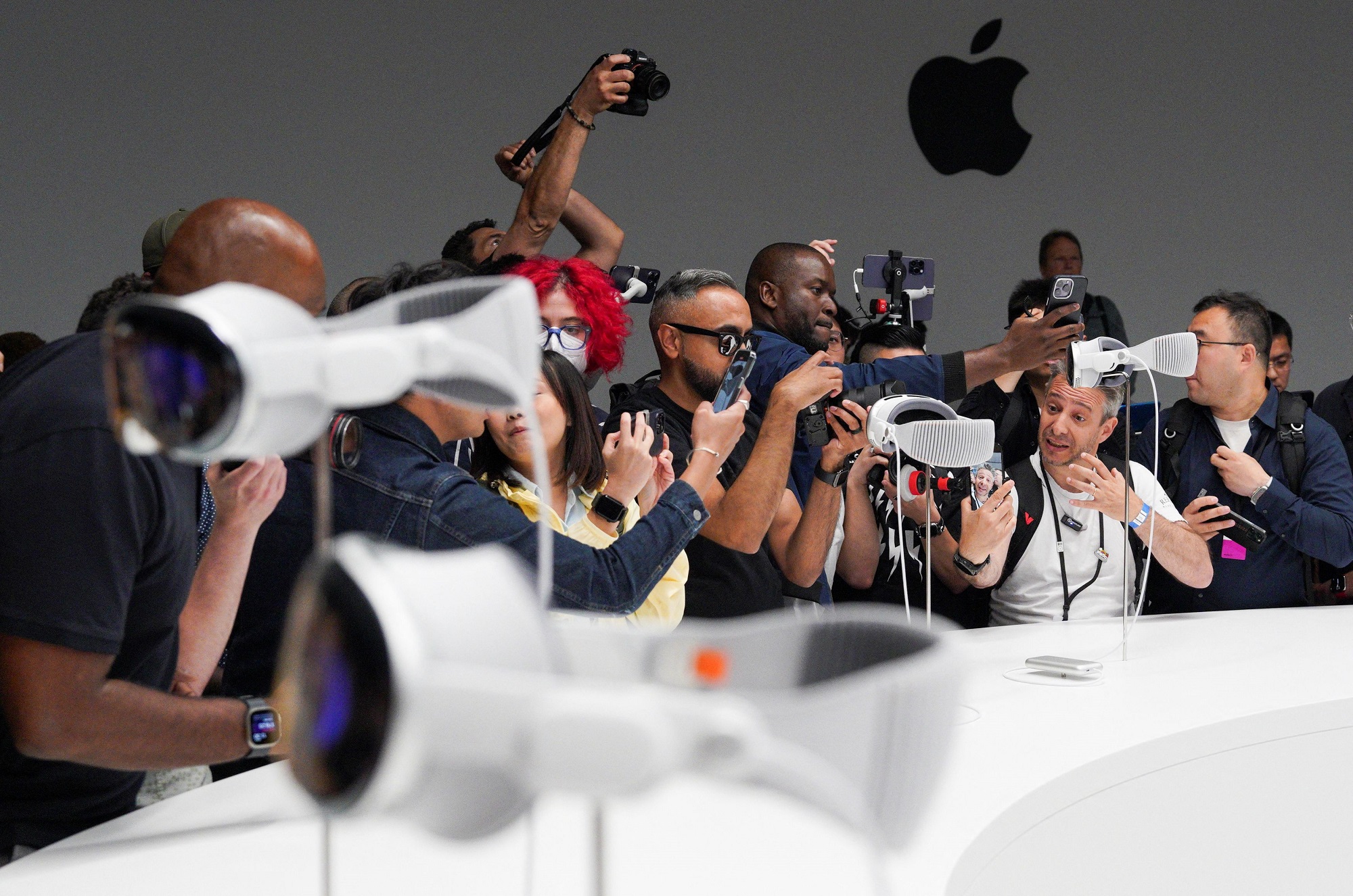Most people know the prefecture of Arta from the bridges and the oranges.
Now the oranges are few, or fewer,anyway, although in recent years there have been ambitious efforts to regain the glamor – and sales – they once had. It is characteristic that the first strategic investment in Greece made by the SMERemediumCap Investment Fund, led by Nikos Karamouzis, concerns oranges and in general the fruits of Arta, in among which kiwis are also cultivated.
The bridges on the other hand, are still the same in number. They stand proudly despite the ravages of time, with the asymmetrically built stone bridge over Arachthos, at the entrance of the city of Arta, dominating, from textbooks to stories on Instagram.

Our three-day journey to the capital of the prefecture of Arta at the invitation of the municipality of Arta, began from this legendary bridge.
With the valuable contribution of Thanasis Arkoumanis, head of the Tourism and Culture Department of the municipality, Theocharis Vadivoulis, member of the Tourism Committee and “scout” George Tatsis, we discovered another Arta, with Byzantine monuments, archeological sites, archeological sites, shady paths, islands that are not islands, dolphins, rare silver pelicans, nice tsipouro restaurants, amazing pies and hospitable people, who have nothing to envy from neighboring Preveza or prominent Ioannina, except perhaps the hotel infrastructure.
The bridge of Arta
Zn ‘Arta (Towards Arta), as the locals say, the inhabitants crossed from the eastern Greek side to the western Ottoman side using a passport until 1912. The Folklore Museum of Arta, located right next to the bridge of Arta, was the old Turkish customs post and was built with designs by an Austrian architect.
Near the beginning of the bridge, which was for years the natural border of free Greece with the Ottoman Empire, the large plane tree of Ali Pasha is preserved, a protected natural monument since 1976.
It is said that Ali Pasha sat in its shadow, watching (enjoying according to others) the lifeless bodies of those he had condemned to death hanging from the branches .
Near the bridge of Arta lies the archeological museum where exhibits are grouped in three sections – rooms: one concerns the municipality (the public life in the city of Amvrakia), one is about the tombs (the cemeteries of Amvrakia) and the last concerns the private life with the houses and the daily life of the inhabitants of Amvrakia.
Parigoritissa with the floating dome
The church of Panagia Parigoritissa, dedicated to the Annunciation of the Virgin, dominates the city center.

Built at the end of the 13th century, by the despot of Epirus Nikiforos Komninos Doukas and his wife Anna Palaiologina, it holds a prominent place in the history of Byzantine art.
The characteristic element of the church is the original support system of the dome, which has not been applied to other Byzantine monuments. The dome rests on eight pillars, on which columns are pressed in three consecutive rows, leaving the interior space undivided.
The floating dome has been undertaken by a team from the Polytechnic.
Apart from Panagia Parigoritissa, other monuments of Byzantine Arta that stand out, Agia Theodora, Agios Vassilios and the monastery of Kato Panagia , while nearby there are also: Panagia ton Vlachernon, Agios Dimitrios of Katsouris in Pleisioi, Panagia of Bryraki in Neohoraki, Agios Nikolaos Rodias in Kirkizates, Panagia Rodias, Panagia Koronisia, Agia Paraskevi in Rodavgi, Chrysospiliotissa in Gouriana, Kokkini Ekklisia in Vourgareli, the monastery of Seltsos in Pigos, Megalochari in the vilage of the same name and the monastery of the Assumption of the Virgin in Skoulikaria.
The imposing castle of Arta and the abandoned Xenia Hotel
The prestige of Arta and its strategic role in the military history of the wider area is demonstrated by its Castle, on the northeastern side of the city.
Built by the despot of Epirus Michael II in the middle of the 13th century, it covers almost four hectares and is a typical example of secular Byzantine architecture, while for a time it was used as a prison. Greek revolutionary war hero General Makrygiannis was imprisoned there.
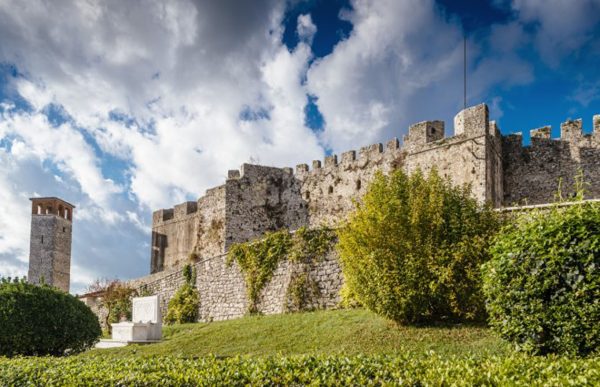
Inside the Castle is the abandoned “Xenia”, which today has been included in a financing program of about 1.5 million euros, so that it can be revamped as a cultural space by the municipality of Arta.
This is an extremely modern building for its time, built in 1958 at the expense of EOT by by the distinguished architect and polytechnic professor Dionysis Zivas.
As a hotel it had only 20 rooms and most of its spaces were large venues for events. It was inextricably linked to the social and cultural life of the city, until the end of 1992 when it closed permanently.
The market of the area sits outside the entrance of the Castle. That is where the Jewish community of the city was active. Today the Holocaust Memorial lies in the place where the synagogue “Greka” stood.
The oldest clock in Epirus
In front of the Castle is the tall tower of the oldest clock in Epirus and one of the oldest in Greece. In fact, the original mechanism of the clock made it unique in its kind throughout the Ottoman Empire. The clock originally had Arabic numerals and was decorated with enamel.
Tzoumerka I am proud, my mountains are famous
Apart from the urban Arta there is also also has the “outdoors”. Activities in nature and specifically hiking on trails, such as the marked and certified trail of Vidra and the 9 km long unmarked riverside trail of Pistiana. Visits to mountain settlements such as Rodavgi, Skoupa, Pistiana, Paleochori etc., but also swimming in the waters of the Arachthos river.
Unique trails

The riverside path of Pistiana, overlooking the proud Tzoumerka and the unfolding shores of the Pournari artificial lake, starts from Avaritsa, continues to the settlements of Morsi, Potistika, Guina, Kyprista Pistiana and ends at Ammos Rodavgis. The maintenance of the trail is voluntarily taken care of by the Mountaineering Nature-loving Association of Xirovouni, Arachthos, Arta.
The access to the path is made from vertical dirt roads and trails, both from Pistiana, as well as from Elato Korfovouni and Rodavgi.
Next, the 16 km trail of Vidra, which starts outside the village of Skoupa and after a passable route ends at the famous bridge of Plaka.
A blue lake on a green background
Somewhere in the middle of the green landscape is the blue lake Pournari created in 1978. Although when we talk about natural landscape, anything artificial is banal, the local flora and fauna in the area highlight a positive contribution of human intervention.
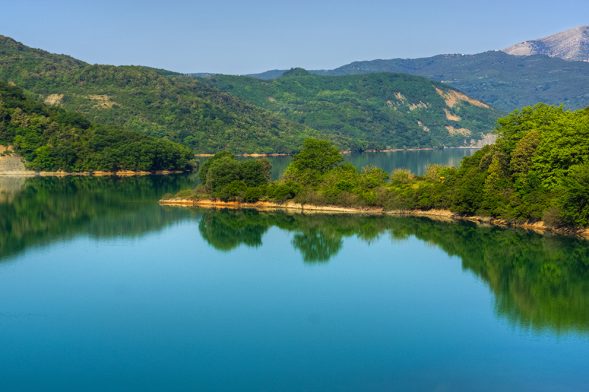
In the waters of the lake one can fish, row canoes, and kayak, while around the lake, the length of which is about 18 km with a maximum width of 7.5 km, one can run, walk and ride a bike.
The drop in the lake level that occurs from time to time reveals some old houses and other buildings, such as the old primary school, creating an eerie setting that excites the imagination of visitors.
The creation of the road around the lake has been a dream for years, in order to give life to the lakeside settlements.
Walk and swim in the Theopotamos river
The construction of the artificial lake and the Pournari 1 hydroelectric power station and the Pournari 2 reservoir (the Soviet company Energomachexport assisted in the initial construction in the period 1976-1981) was the human way to tame the angry journey of the river god (ancient Greeks worshiped rivers as deities).
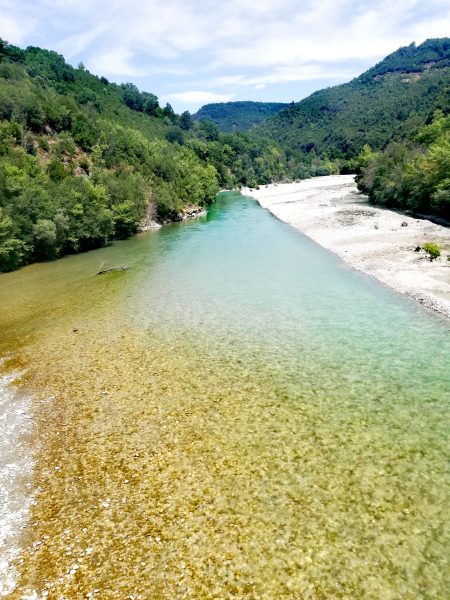
Arachthos, which flows through the entire prefecture of Arta and after a labyrinthine route of about 110 km, finally flows into the Amvrakikos gulf, is suitable for swimming, especially in the places where the waters stagnate and become deep enough.

dav
If you choose to walk on the path of Vidra starting from the bridge of Plaka at the end you can dive in the waters of Arachthos, next to the Tzaris bridge , doing a little mud bath therapy.
Rodavgi is the setting of the fairy tale
From plains to mountains, starting from Rodavgi.
The view from an altitude of 740 meters where the village is built is breathtaking, while the Holy Temple of Agia Paraskevi is of exceptional beauty. The churchwas built in 1804.
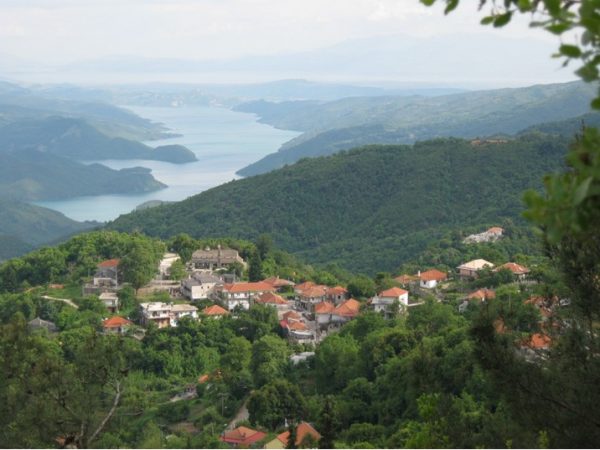
If you are in the village on July 28, the 2nd day of the feast of Agia Paraskevi, or on Easter Tuesday in the picturesque square of Rodavgi you will see the locals dancing the Kagelari dance. The dance dates from the 16th century and was used as a means of communication by Greeks, so the Turks could not understand. It is danced in the whole area of Tzoumerka.
And there’s more! Agnanta, Ktistades, Katarraktis, Pramanta, Melissourgoi, Tsopela are just some of the places you can visit and enjoy the nature of Epirus.
A sea of lakes and a former island
If you get bored of mountains, ravines and rivers you can go to the sea, which looks like a lake and the island that is no longer an island and swim along with dolphins, sea turtles and silver pelicans.

There lies the Amvrakikos Gulf and Koronisia, a picturesque fishing village – an island until recently – that was connected to the opposite coast with a 7 km strip of land, giving us a trail of unique beauty: on one side the Amvrakikos stretches and on the other the lagoons with the traditional “ivaria” (fishing huts) of the fishermen.

The rich and fertile waters of Arachthos contributed to the formation of the Lagaros, Rodia and Tsoukalio lagoons which are also part of the particularly important protected area of Amvrakikos Wetlands.
In Koronisia you can find traditional taverns and restaurants and enjoy fresh seafood, such as the famous gambari shrimps and sardine of Amvrakikos, but also eel, the only Greek caviar, mullet pedal, govio etc. Gambari was also ordered by James Bond in the 1981 film “For Your Eyes Only”.

Kite and wind surfing – sports for which Koronisia is known all over Greece, fishing lessons and peaceful walks, swimming and cruising in the clear waters, playing with dolphins and sea turtles, cleaning and frying fish on board followed by an incredible meal in the middle of the Gulf and bird watching (you have to be quiet so as not to scare the silver pelicans that spin the eggs on foot and if they fly sharply, they may break them) are some of the ecotourism activities offered by Amvrakikos.
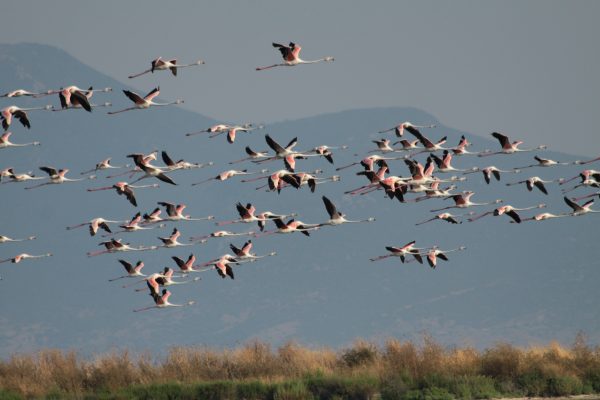
Here we learned that flamingos are pink because they eat a lot of shrimp, because they are normally white.
And some (not very much) history…
The history of Arta dates back to the classical era in 630 BC. with the founding of Ancient Amvrakia. It is succeeded by the medieval Byzantine city and is mentioned for the first time under its current name, Arta.
Then the capital of the Despotate of Epirus was created, while two centuries later it was transformed into an Ottoman urban center. Arta was liberated from the Ottoman occupation on June 24, 1881.
Today it is the second largest city of Epirus, after Ioannina.





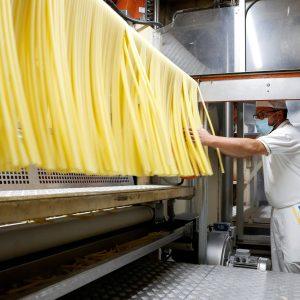
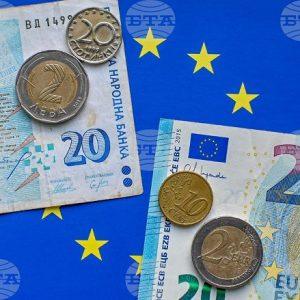
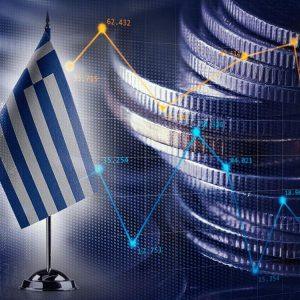

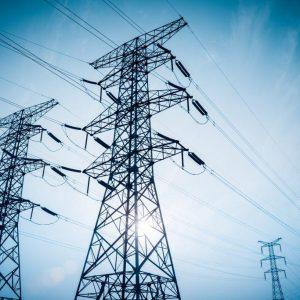











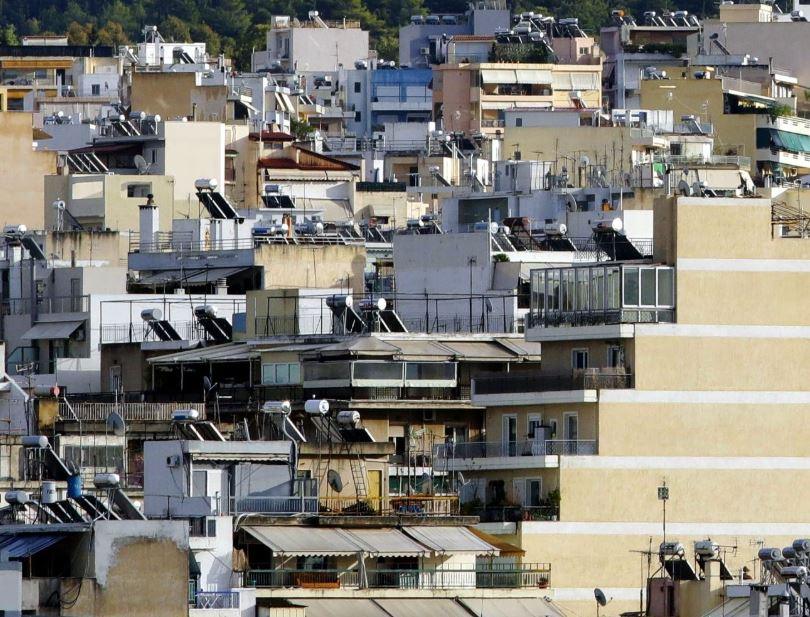

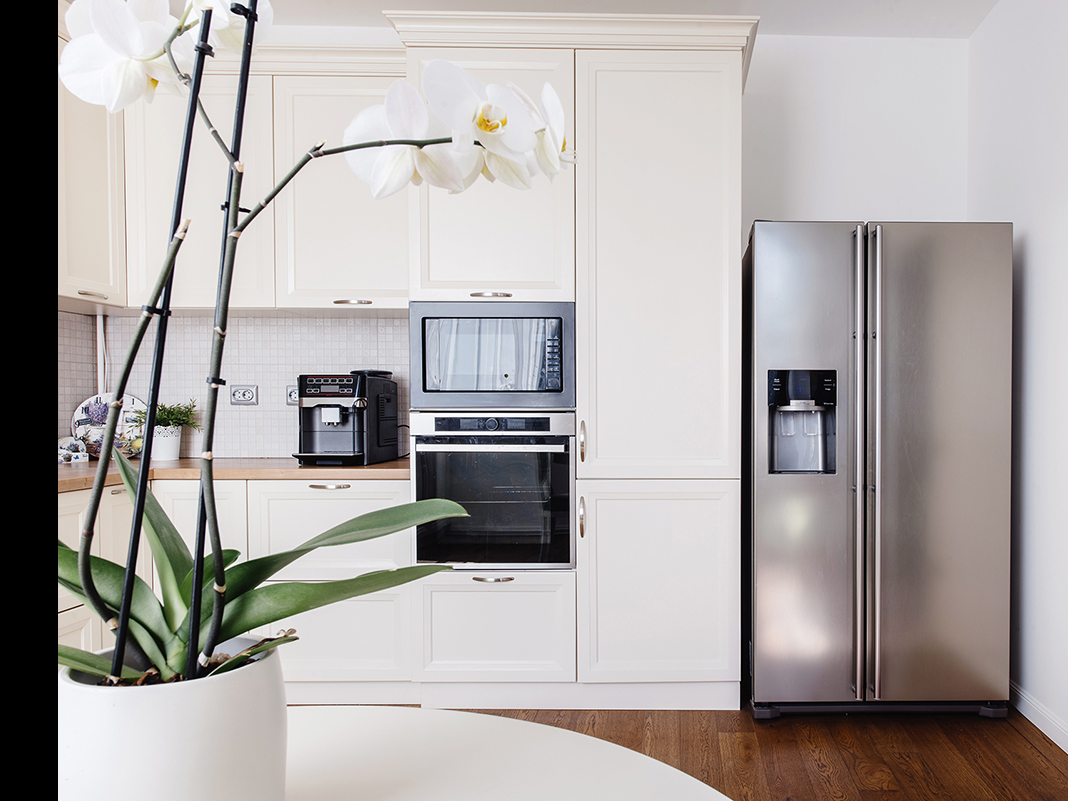

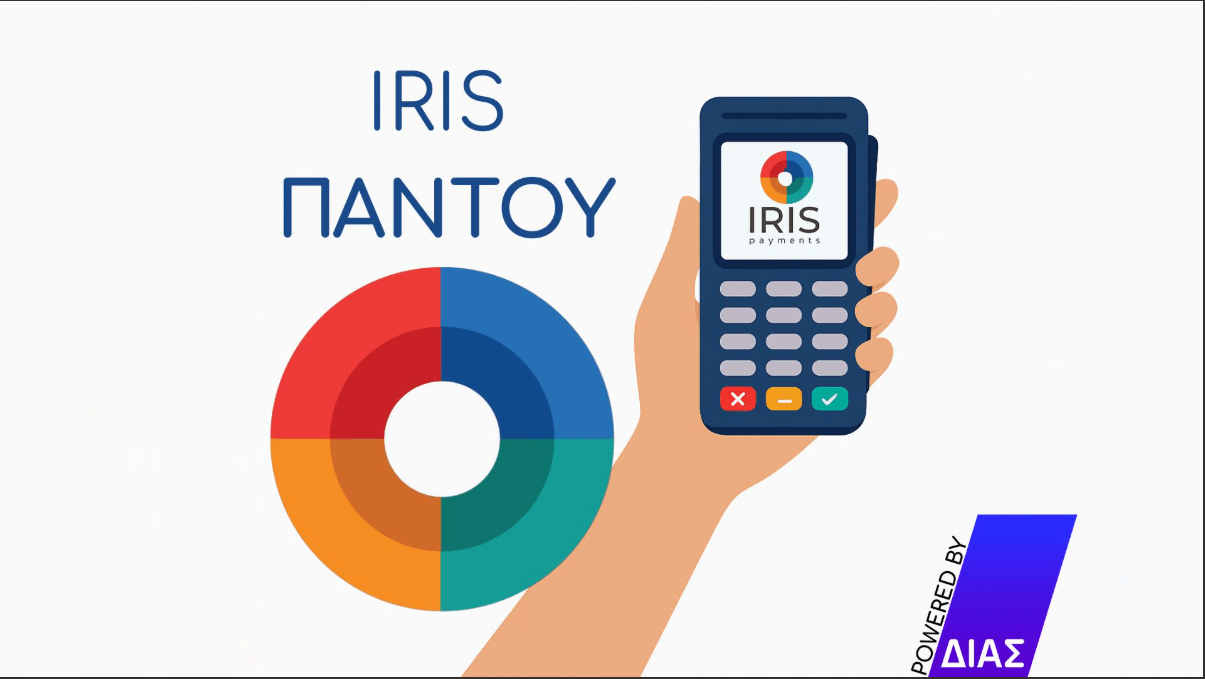

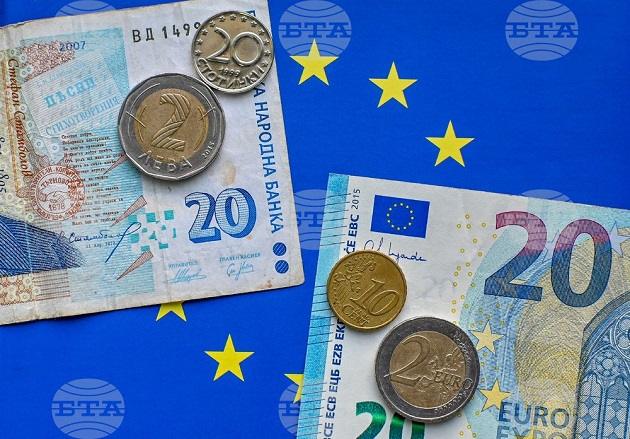



![Ελβετικό φράγκο: Τι πρέπει να ξέρουν οι δανειολήπτες [πίνακες]](https://www.ot.gr/wp-content/uploads/2025/12/ot_swiss_Francs25-1024x668-1-1.jpg)




